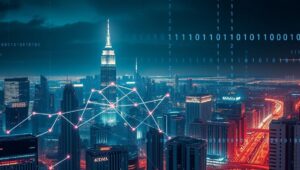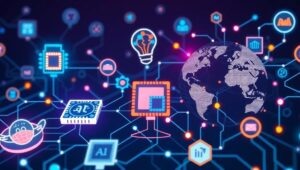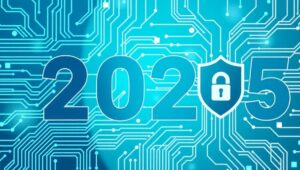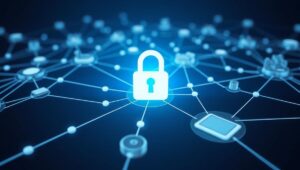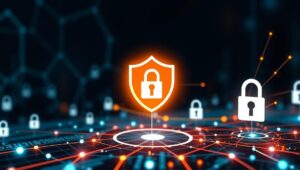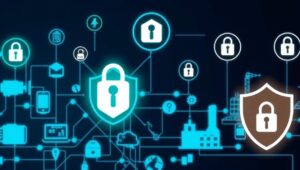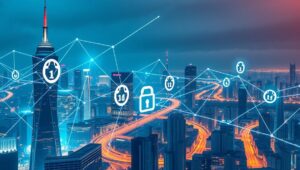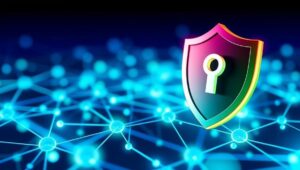May 28, 2025
Adversarial Attacks on AI: The Growing Threat (Post-2025)
Adversarial Attacks on AI: The Growing Threat (Post-2025) Artificial intelligence is rapidly evolving, transforming industries and daily life. However, with this growth comes increasing concern over adversarial attacks—malicious attempts to fool AI systems. This post examines the rising threat of these attacks, particularly in the post-2025 landscape. What are Adversarial Attacks? Adversarial attacks involve carefully crafted inputs designed to cause AI models to make mistakes. These “adversarial examples” can be imperceptible to humans but devastating to AI performance. For instance, a subtle modification to a stop sign might cause a self-driving car to misinterpret it, leading to an accident. Types
